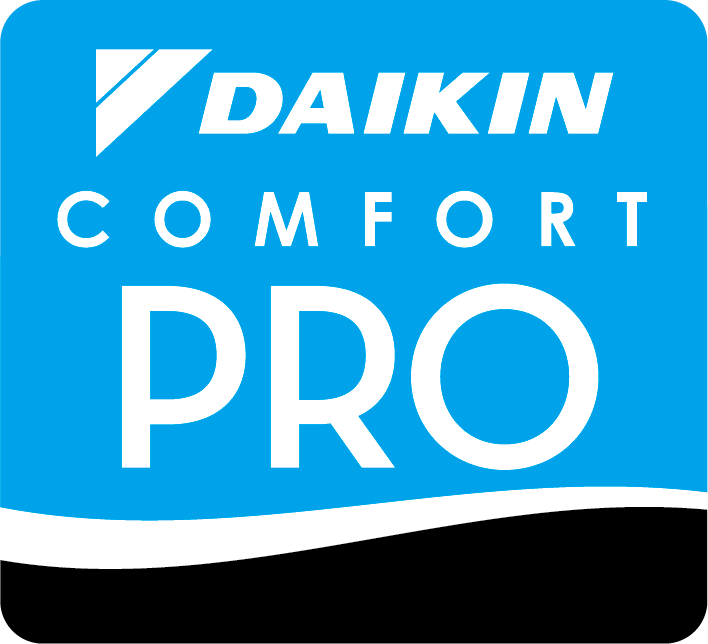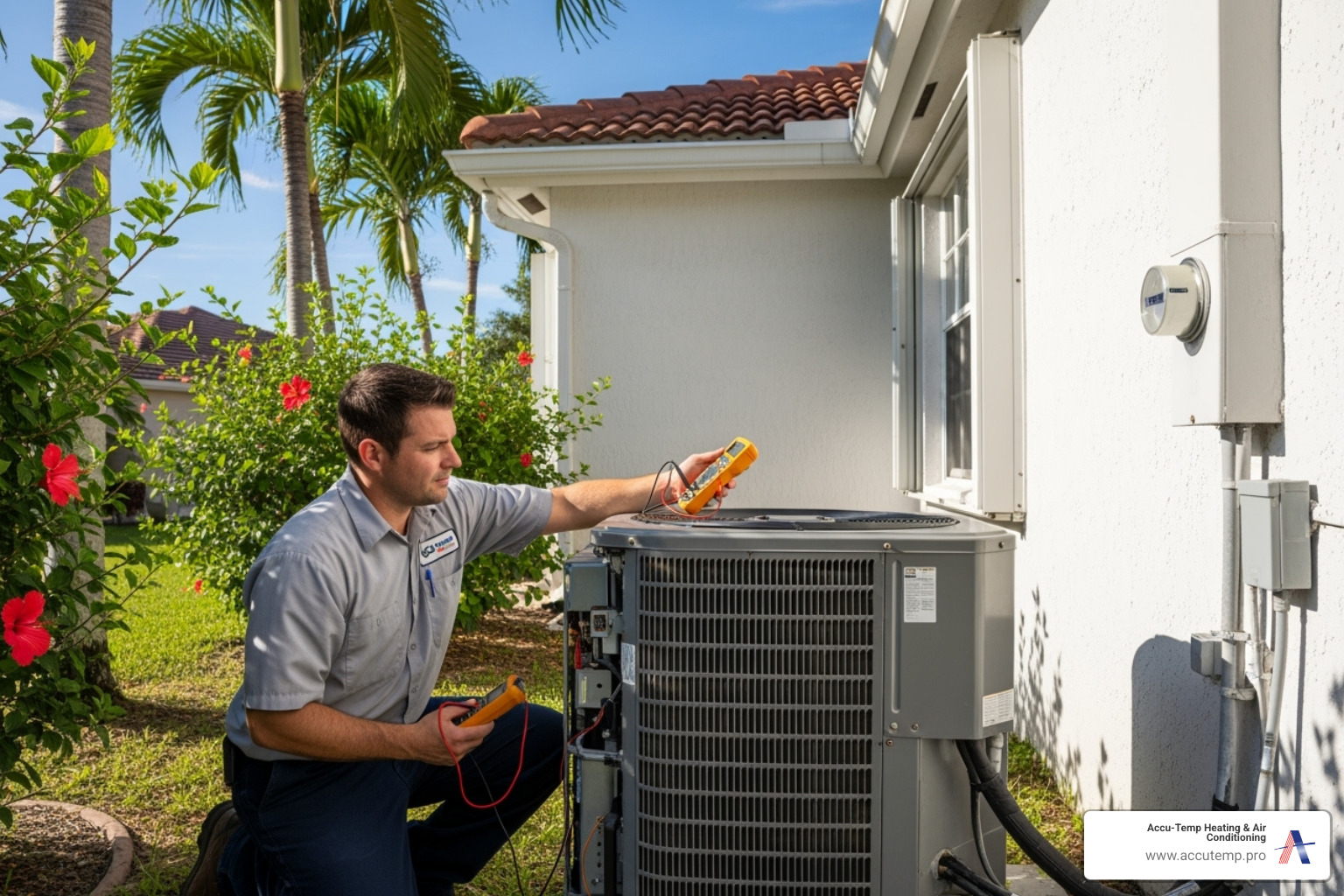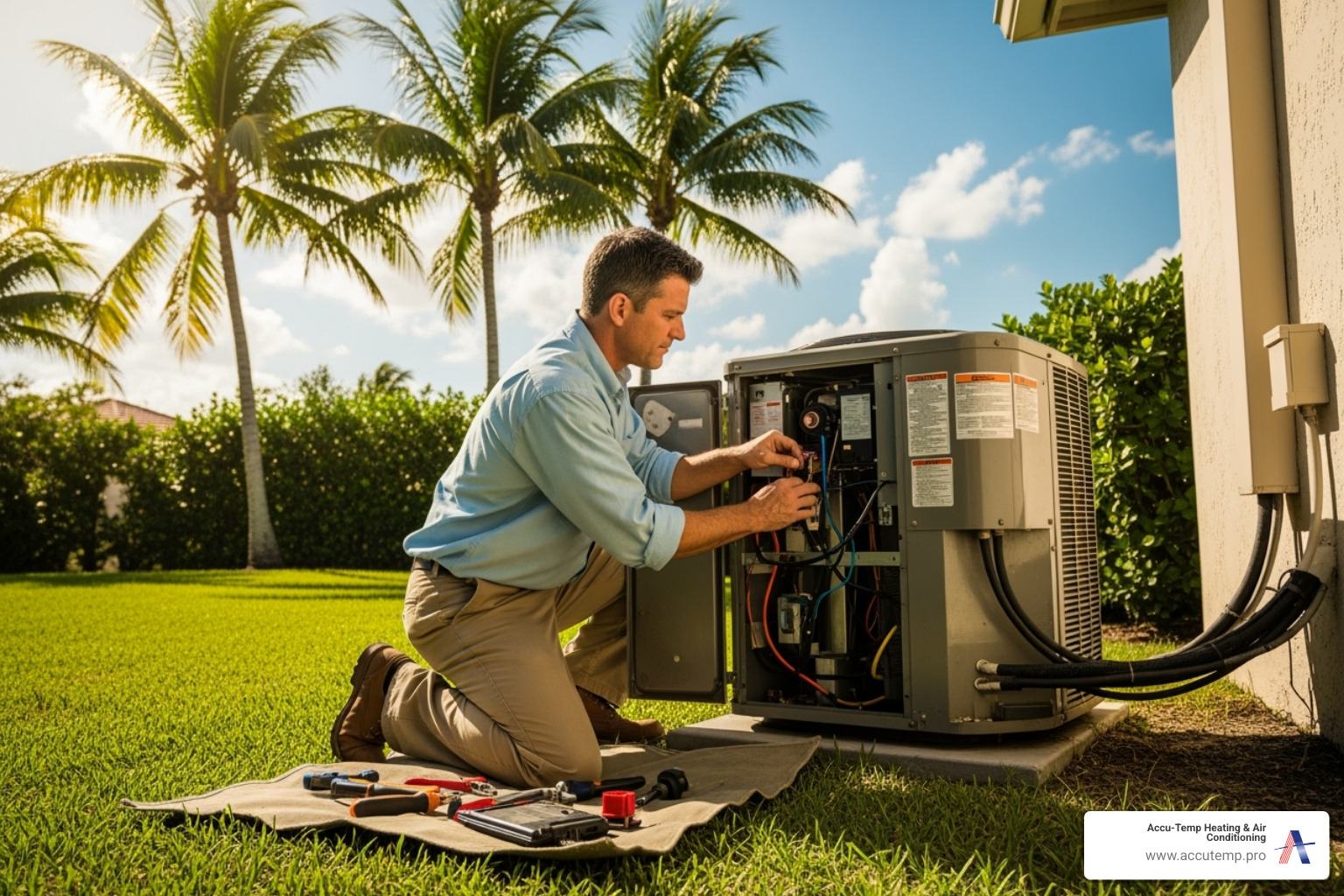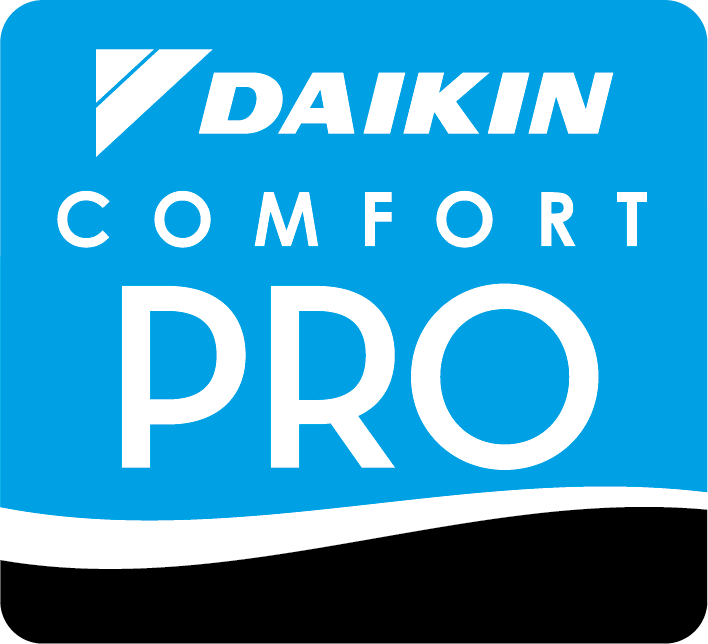When a commercial refrigeration system isn’t keeping things as cold as it should, airflow problems are often to blame. Uneven temperatures, warm spots, or longer cooling times are all signs that something is disrupting the air circulation inside the unit. These issues can become a big headache for businesses in Daytona that rely on consistent refrigeration to keep products and operations running smoothly. If left unchecked, restricted airflow can lead to spoiled goods, energy waste, or costly repairs.
Troubleshooting air circulation problems doesn’t have to be overwhelming, but it does require a clear understanding of how these systems work. Once you notice poor airflow or inconsistent cooling, it’s time to take a closer look at the common culprits behind these issues. By knowing what to watch for and how to handle it, you can protect your equipment and keep things working the way they should.
Why Proper Airflow Keeps Refrigeration Running Smoothly
Good airflow allows cold air to move throughout the unit evenly. It helps keep internal temperatures at the right levels so items stay fresh and safe. But when something interferes with the movement of air, whether it’s a blocked fan, dirty coil, or low refrigerant, the unit has to work harder just to keep up. That extra strain wears on parts and can increase power costs over time.
Some signs that point to an airflow issue include:
– Temperature differences from one part of the unit to another
– Ice buildup on walls or product containers
– A noisy fan motor that sounds louder than usual
– Items spoiling sooner than expected
– Frost collecting on the evaporator coils
These may seem like minor issues at first, but they can quickly lead to bigger problems if ignored.
What Causes Airflow Problems in Commercial Refrigeration?
Airflow issues don’t always have a single cause. In most cases, it comes down to a part of the system not working the way it should or a buildup inside the unit. Some of the most frequent causes include:
1. Blocked or Dirty Evaporator Coils: When coils gather dirt, dust, or ice, they don’t let air pass through easily. This limits the unit’s ability to cool properly.
2. Faulty or Clogged Fans: Air can’t go anywhere if the fan blades are stuck or the motor is failing. A faulty fan may blow weakly or stop moving air altogether.
3. Defrost System Problems: If the defrost system isn’t working, ice can form around the coils, blocking airflow and insulating the cooling surfaces.
4. Low Refrigerant Levels: Without enough refrigerant, the system won’t cool right, and the air circulation may feel warm or uneven.
5. Poor Air Circulation Due to Placement: Overcrowding the unit or placing it too close to a wall can interrupt airflow and cause uneven cooling.
Each of these issues requires careful inspection and experience to correct. Cooling problems tied to blocked airflow won’t fix themselves. Putting off a repair may push the entire system to fail, especially during high-demand summer months in Daytona.
Step-by-Step Troubleshooting for Air Flow Issues in Commercial Refrigeration
When poor airflow starts affecting your commercial refrigeration in Daytona, it’s important to take quick action. There are a few checks that should be done in a specific order to find what’s causing the issue. Some problems might be simple to detect, while others may require a closer inspection by our professionals.
Use this step-by-step approach to track down airflow problems:
1. Inspect and Clean the Evaporator Coils and Fans
Start by turning off the unit and opening access panels where safe. Look for dust, grease, or ice buildup on the evaporator coils. Dirty coils limit the system’s ability to cool the air as it passes through. Clear any visible debris and check whether the fan blades spin freely. Restrictions here are one of the biggest reasons for weak airflow.
2. Test the Fan Motors
If the fans aren’t blowing at full strength or sound louder than usual, the motor may not be working right. A weak or failing fan can’t effectively push cold air across the unit. If the fan isn’t spinning at all, the motor might be burned out and needs attention from one of our technicians.
3. Check the Defrost Cycle
Commercial fridges use an automatic defrost feature to prevent ice from forming on the coils. If the defrost cycle is failing, ice will build up and block airflow. You may notice frost or water pooling underneath products. A faulty timer or heating element is often behind this kind of problem.
4. Look for Refrigerant-Related Issues
Low refrigerant doesn’t just affect how cold the air is. It also changes how the whole system behaves. When levels drop, the evaporator may get too cold, causing frost that blocks airflow. If you see bubbling from the lines or oily spots near valves and joints, those can indicate a leak. This is not something that can be fixed without licensed help.
5. Assess Space and Airflow Clearance
Refrigeration units packed tightly into corners or surrounded by boxes will struggle to move air. Keep at least a few inches of space around all air vents and make sure nothing is resting against return paths. Products stacked near fans can restrict output and affect performance.
Fixing airflow problems isn’t about swapping out one part and hoping for the best. It’s about understanding how each component of the system plays a role. When one part is off, the rest of the unit has to work harder.
Best Practices to Keep Commercial Refrigeration Running Right
Preventive maintenance is one of the most effective ways to keep airflow steady and avoid appliance breakdowns. Establishing a regular service and cleaning schedule can help detect problems early before they turn into emergencies. This especially matters during the warmer months in Daytona when refrigeration systems are under heavier load.
Here are some simple tips to help keep air circulating properly:
– Schedule seasonal inspections with our professionals to keep systems tuned and tested
– Wipe up spills and remove packaging materials that can block air vents or get pulled into fans
– Keep all storage areas inside the unit organized and allow for space between stored products
– Avoid overfilling shelves, especially near cold air outlets
– Make sure the unit is level and sits on a stable surface to avoid shifting and uneven airflow
– Report any unusual noises, warm spots, or cycling issues as soon as they appear
Even something as simple as moving a pallet too close to a vent can slowly affect airflow. We’ve seen cases where boxes were unknowingly stacked in front of a condenser fan on a Friday, and by Monday, the entire unit was icing up. These mistakes are easy to make and just as easy to prevent with the right awareness.
Keep Your Commercial Refrigeration in Daytona Efficient All Year
Commercial refrigeration systems do best when airflow isn’t interrupted by buildup, poor placement, or mechanical issues. These challenges can appear at any time but often grow worse when ignored. Making airflow a regular part of your maintenance checklist can make a major difference in how long your unit lasts and how well it performs.
In Daytona, reliable cooling during the summer can be the difference between daily efficiency and business interruption. Addressing airflow issues before they lead to breakdowns is an effective way to protect both your inventory and your equipment. Whether it’s a slow fan or a frosted coil, delaying repairs only adds stress to the rest of your system. Focus on maintaining clear airflow and reporting small issues before they become major repairs.
If your refrigeration system is struggling to maintain consistent cooling in Daytona, it may be time to schedule an inspection with the professionals at Accu-Temp Heating & Air Conditioning. Ensuring optimal airflow is essential to preserving product quality and avoiding unnecessary downtime. Learn more about commercial refrigeration in Daytona and how proactive care can enhance system performance and longevity. For a quick estimate or to book a service visit, please contact us today.







